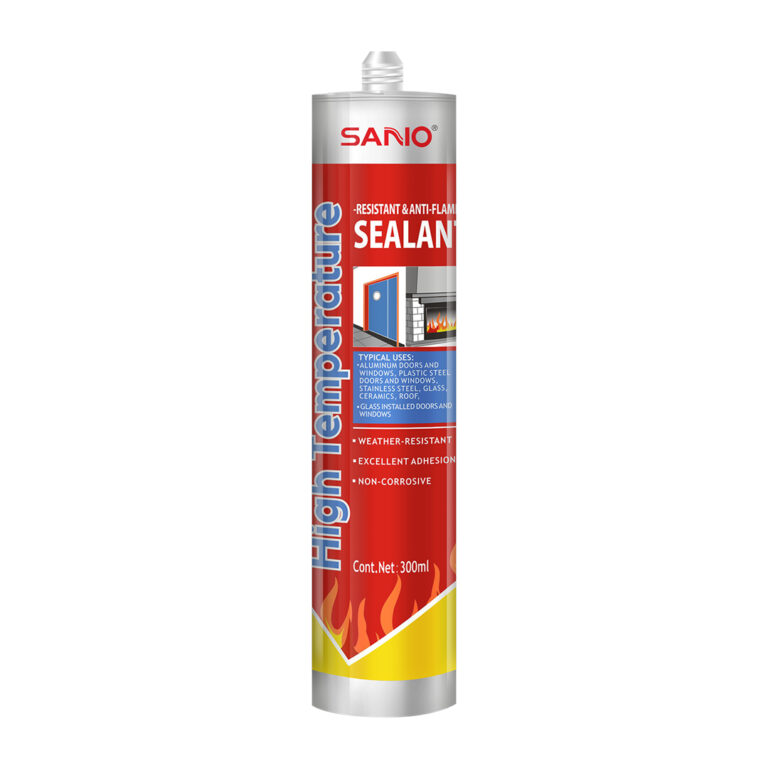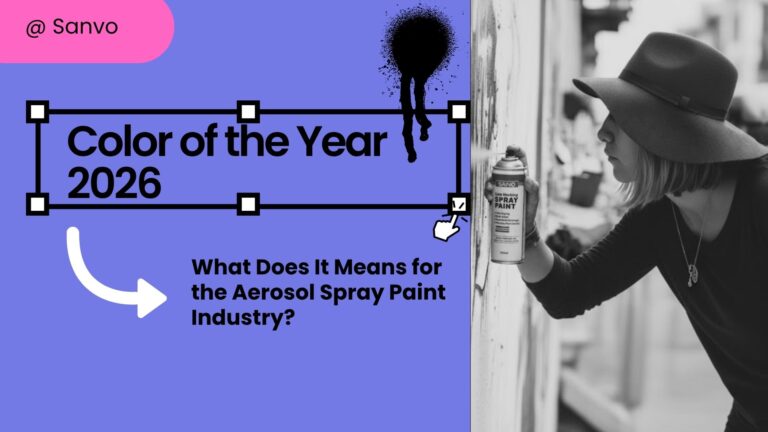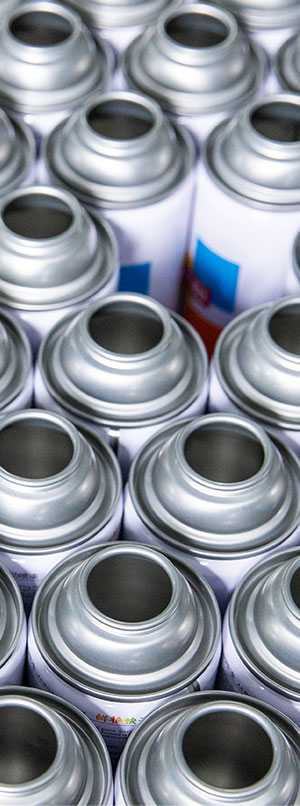In the previous guide, we have walked you through the risks of painting while pregnant, and provided a paint choosing guide to minimize the risk of harming pregnant women and babies.
And once you have chosen a safe, water-based paint, following this safety plan to further download the risk.
Step 1: Timing is Everything - When to Paint
The first trimester (weeks 0 to 13) is the most important time for your baby’s growth. Their organs are forming, which makes them more sensitive to chemicals.
It is best to avoid all painting projects during the first trimester. If painting has to be done then, have someone else do it for you. The safest time for you to paint is during the second or third trimester.
Step 2: Open the Windows and Use Fans
Good airflow is key to clearing out any fumes. Just cracking a window isn’t enough.
- Open all windows and doors in the room you’re painting.
- Create a cross-breeze. Use two fans. Put one fan in a window blowing fresh air in. Put a second fan in another window blowing stale air out.
- Keep the air flowing after you’re done.
- Paint releases fumes as it dries. Keep the room aired out with fans and open windows for at least 2 to 3 days after you finish painting.
Step 3: Precaution - Your Guide to Safety Gear (PPE)
Wearing the right gear protects you directly.
- Protective Clothes: Wear long pants, a long-sleeved shirt, and gloves to keep paint off your skin.
- Respirator (Not a Dust Mask): This is very important. A simple paper dust mask or N95 mask only filters out dust. They do not protect you from the chemical gases in paint fumes. To protect your lungs, you need a half-face respirator with organic vapor (OV) cartridges (like the 3M 6001 cartridge). If you can smell the paint while wearing your mask, it isn’t fitted right or isn’t the right kind.

Step 4: Use Safe Painting Habits
How you work is just as important as the paint you use.
- Stay on the Ground: Your balance changes when you’re pregnant, which makes falls more likely. Do not use ladders or step-stools. Ask a partner or friend to paint any high spots.
- Take Lots of Breaks: Work in short sessions and take frequent breaks outside in the fresh air.
- Keep Food and Drinks Out: Don’t eat or drink in the room where you are painting to prevent accidentally swallowing any paint particles.
- Wash Up When You’re Done: After you finish painting, wash your hands, arms, and face well with soap and water. A shower is a great way to rinse off any leftover fumes.
Frequently Asked Questions About Painting and Pregnancy
Is it OK to be in the house while someone else is painting?
Yes, it’s usually fine, as long as you stay out of the room being painted and the house has good airflow. Use fans to point fumes away from you and out a window. If the paint smell is strong or makes you feel sick, it’s best to leave the house for a few hours.
How long should I wait before sleeping in a freshly painted room?
It’s best to wait at least 2 to 3 days before sleeping in a room that was just painted. Even when paint feels dry, it’s still “curing” and releasing small amounts of fumes for several days. Keep the windows in the room open as much as you can during this time.
I'm 29 weeks pregnant and was just around paint fumes. What should I do?
First, don’t worry. A single, short exposure to modern, water-based house paint is very unlikely to cause problems. Move to a spot with fresh air. If you feel dizzy or sick, it should pass quickly. You can mention it to your doctor at your next appointment for peace of mind.
What about refinishing furniture with stains or polyurethane?
You should avoid these projects entirely during pregnancy. Stains, strippers, and sealers have much stronger chemicals and VOCs than even oil-based paint. This work should be done by someone else, preferably outside or in a garage with the doors open, while you are not around.
When should I call my doctor?
It’s always a good idea to talk to your doctor or midwife before you start any home projects. You should also call your doctor if you feel very sick after being around paint fumes, like if you have a bad headache that won’t go away or have a hard time breathing.




